The Roman fountains water music by Adel Karanov
The Roman fountains Video – RusRim.com – Art guides in Rome
Private tours in Rome with local guide by RusRim.com
Music made with real water waves from the water sounds of the fountains. Sound design made with Csound instruments by A. Karanov. Mixed in Cubase multitrak and vst instruments. Original music for rusrim.com Individual tours in Italy Rome and Tuscany
The best individual tours in Rome, Lazio and Tuscany
+39 329 448 3644 info@rusrim.com +39 389 59 75 184
-
Fontana delle Naiadi
Piazza esedra – Piazza della Republica – Rome
Private car tour in Rome with local guide by RusRim.com
The fountain in this square was originally the fountain of the Acqua Pia (connected to the aqua Marcia aqueduct), commissioned this site by Pope Pius IX in 1870. Completed in 1888, it originally showed four chalk lions designed by Alessandro Guerrieri. These were then replaced in 1901 with sculptures of Naiads by Mario Rutelli from Palermo, the great-grandfather of the politician and former mayor of the town, Francesco Rutelli.
The naiads represented are the Nymph of the Lakes (recognisable by the swan she holds), the Nymph of the Rivers (stretched out on a monster of the rivers), the Nymph of the Oceans (riding a horse symbolising of the sea), and the Nymph of the Underground Waters (leaning over a mysterious dragon). In the centre is Rutelli’s Glauco group (1911/12), symbolizing the dominion of the man over natural force and replacing a previous sculpture.
-
Fontana di Trevi – The Trevi Fountain
Private tour in Rome with local guide by RusRim.com
The fountain at the junction of three roads marks the terminal point of the “modern” Acqua Vergine, the revived Aqua Virgo, one of the aqueducts that supplied water to ancient Rome. In 19 BC, supposedly with the help of a virgin, Roman technicians located a source of pure water some 13 km (8.1 mi) from the city. (This scene is presented on the present fountain’s façade.) However, the eventual indirect route of the aqueduct made its length some 22 km (14 mi). This Aqua Virgo led the water into the Baths of Agrippa. It served Rome for more than 400 years. Legend holds that in 19 BC thirsty Roman soldiers were guided by a young girl to a source of pure water thirteen kilometers from the city of Rome. The discovery of the source led Augustus to commission the construction of a twenty-two kilometer aqueduct leading into the city, which was named Aqua Virgo, or Virgin Waters, in honor of the legendary young girl. The aqueduct served the hot Baths of Agrippa, and Rome, for over four hundred years.
-
Fontana di piazza della Rotonda al Pantheon
Private tour in Rome with local guide by RusRim.com
It was designed by Giacomo Della Porta in 1575 and sculpted out of marble by Leonardo Sormani.
In 1711, Pope Clement XI requested that the fountain be modified and had Filippo Barigioni design a new layout, which included a different basin, made of stone, and the Macuteo obelisk, created during the period of Ramses II, set in the centre on a plinth with four dolphins decorating the base.
In 1886, the original marble figures were removed, and replaced with copies by Luigi Amici. Today, the originals can be seen in the Museum of Rome.
Fontana della Barcaccia – Fountain of the Ugly Boat – Piazza di Spagna Roma – Spanish square Rome
Private tour in Rome with local guide by RusRim.com
The fountain was commissioned by Pope Urban VIII and was completed in 1627 by Pietro Bernini and his son Gian Lorenzo Bernini. The shape was chosen because, prior to the river walls being built, the Tiber often flooded and in 1598 there was a particularly. Bad flooding and the Piazza di Spagna was flooded up to a metre. Once the water withdrew, a boat was left behind in the square.
Piazza di Spagna, at the bottom of the Spanish Steps, is one of the most famous squares in Rome (Italy). It owes its name to the Palazzo di Spagna, seat of the Embassy of Spain among the Holy See. Nearby is the famed Column of the Immaculate Conception of the Blessed Virgin Mary.
Fontana dei Quattro Fiumi – Piazza Navona – Roma
Private car tour in Rome with local guide by RusRim.com
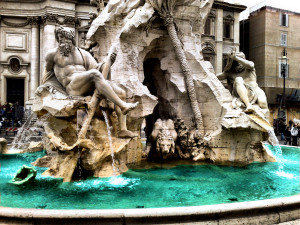
Public fountains in Rome served multiple purposes: first, they were highly needed sources of water for neighbors in the centuries prior to home plumbing. Second, they were monuments to the papal patrons. Earlier Bernini fountains had been the Fountain of the Triton in Piazza Barberini, the Fountain of the Moor in the southern end of Piazza Navona erected during the Barberini papacy, and the Neptune and Triton for Villa Peretti Montalto, whose statuary now resides at Victoria and Albert Museum in London.
It was designed in 1651 by Gian Lorenzo Bernini for Pope Innocent X whose family palace, the Palazzo Pamphili, faced onto the piazza as did the church of Sant’Agnese in Agone of which Innocent was the sponsor.
The base of the fountain is a basin from the centre of which travertine rocks rise to support four river gods and above them, an ancient Egyptian obelisk surmounted with the Pamphili family emblem of a dove with an olive twig. Collectively, they represent four major rivers of the four continents through which papal authority had spread: the Nile representing Africa, the Danube representing Europe, the Ganges representing Asia, and the Río de la Plata representing the Americas.
The making of the fountain was met by opposition by the people of Rome for several reasons. First, Innocent X had the fountain built at public expense during the intense famine of 1646-48. Throughout the construction of the fountain, the city murmurred and talk of riot was in the air. Pasquinade writers protested the construction of the fountain in September 1648 by attaching hand-written invectives on the stone blocks used to make the obelisk. These pasquinades read, “We do not want Obelisks and Fountains, It is bread that we want. Bread, Bread, Bread!” Innocent quickly had the authors arrested, and disguised spies patrol the Pasquino statue and Piazza Navona.
The streetvendors of the market also opposed the construction of the fountain, as Innocent X expelled them from the piazza. The Pamphilij pope believed they detracted from the magnificence of the square. The vendors refused to move, and the papal police had to chase them from the piazza. Roman Jews, in particular, lamented the closing of the Navona, since they were allowed to sell used articles of clothing there at the Wednesday market.
Sound noises of winds and water, recorded in Italy and used by Adel Karanov in the music
Click the images for watch the music videos – Waves from Rome and Ostia
Botticelli — The Birth of Venus – Uffizi Florence
Original soft electronic music made in Tuscany (the land of art) by Adel Karanov Click the images for watch the original music video The Birth of Venus
Of august gold – wreathed and beautifu l`Aphrodite I shall sing to whose domainbelong the battlements of all sea-lovedCyprus where, blown by the moist breathof Zephyros, she was carried over thewaves of the resounding sea on soft foam.
The gold-filleted Horae happily welcomedher and clothed her with heavenly raiment. Venus had two aspects: she was an earthly goddess who aroused humans to physical love or she was a heavenly goddess who inspired intellectual love in them. Plato further argued that contemplation of physical beauty allowed the mind to better understand spiritual beauty. So, looking at Venus, the most beautiful of goddesses, might at first raise a physical response in viewers which then lifted their minds towards the godly
ROMA
AROUND ROME PRIVATE TOURS
- Sightseeing tours of Rome with private guide and car
- Car tour of Roman Castles – Castelli Romani
- Car tours of Tivoli villa D’Este, villa Adriana and Gregoriana
- Labyrinth of Time: Etruscan city of Sutri, Caprarola Palace and the Vico Lake
- Lake Bracciano & the Orsini-Odescalchi Castel car tour
- Car tours of Rome and suburbs
- Car tours of Tuscany: Florence and Siena from Rome
- Sightseeing tours from Rome to Ostia Antica
- Orvieto and Bolsena private tour from Rome
- Abruzzo private car tour from Rome
- Rome private tours
TOP ITALIAN ART EXPERIENCE BY RUSRIM.COM
TUSCANY PRIVATE CAR TOURS
- Florence private tour from Rome , with private guide and car
- Siena private tour from Rome , with private guide and car
- Chianti private tour , with local guide and car
- Argentario and Capalbio – private tour around Rome
- San Gimignano – privat tour from Rome
- Volterra – Private tour from Rome
- Pisa – Private tour from Rome
Rome car excursions with english guide in Rome, Vatican, Night Rome, Tivoli, Tarquinia, Florence, Siena and other central Italy towns
Car excursions with private guide in Rome and Tuscany
Reservation contacts, excursion in Rome – Lazio, Tuscany and Umbria
+39 329 448 3644 info@rusrim.com +39 389 59 75 184
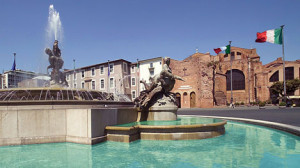
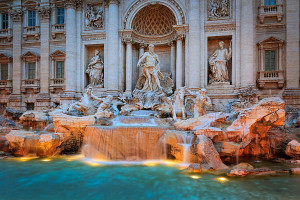
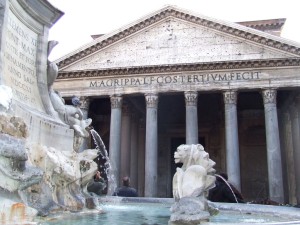
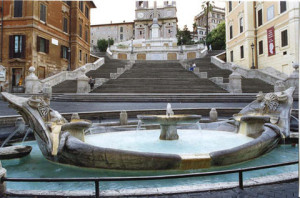
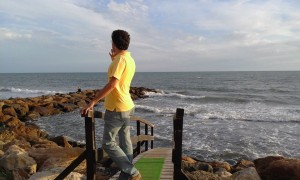
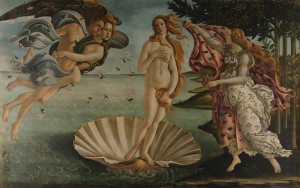
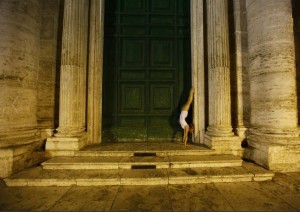
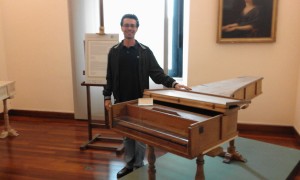
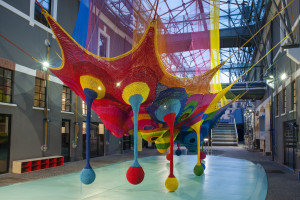
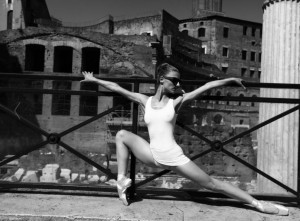
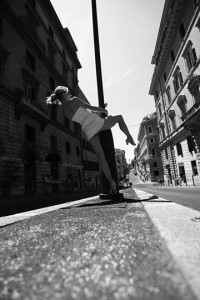
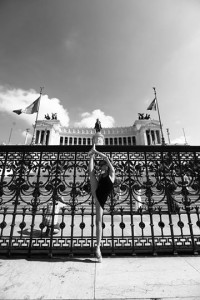
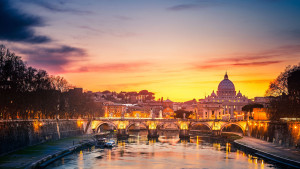
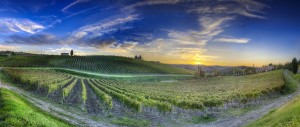

 Русский
Русский Български
Български Français
Français